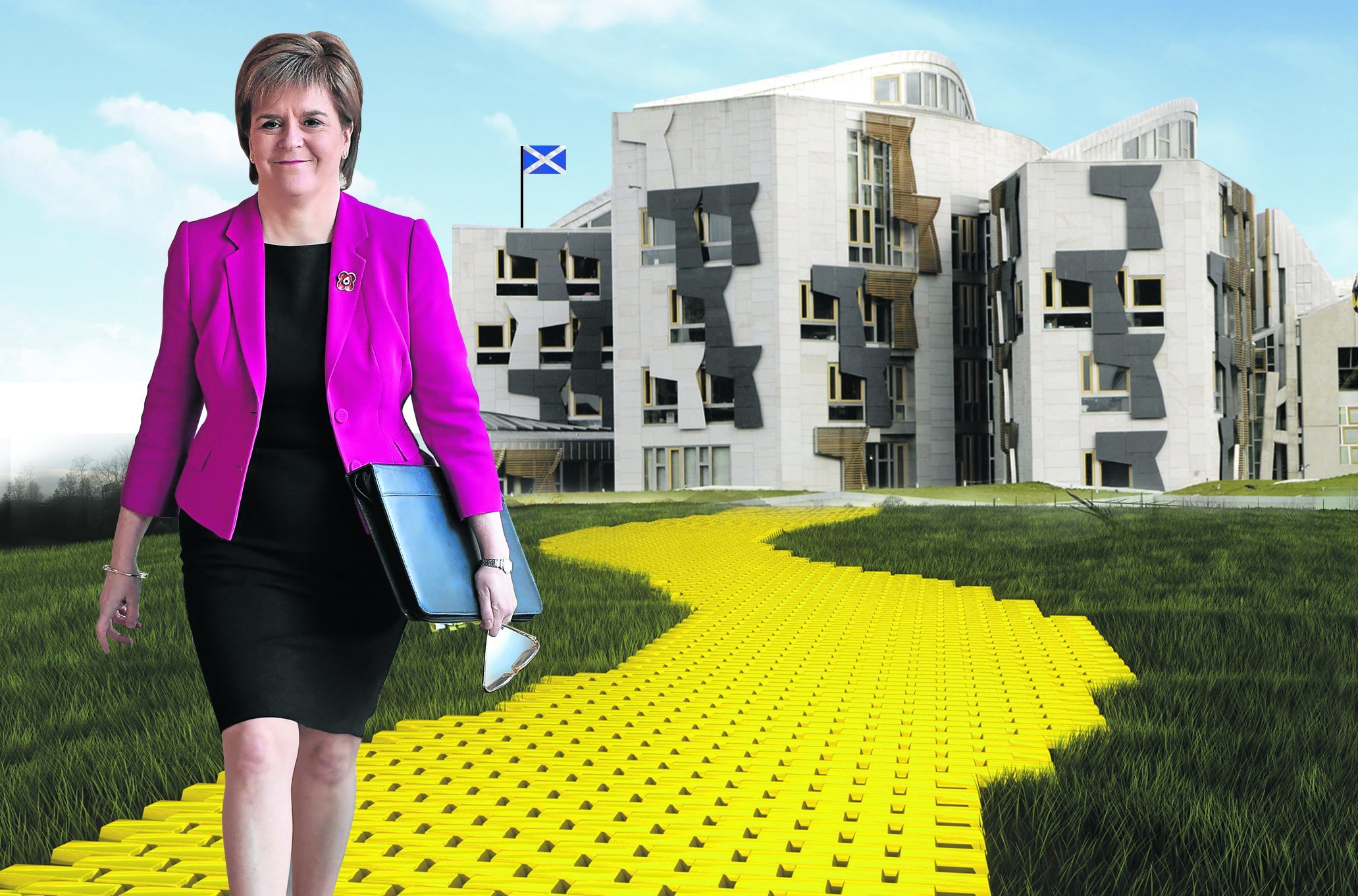
UNVEILING his government’s plan in 2015 for what would become last year’s Scotland Act, David Cameron signalled the end of the road for devolution.
The “right resting place” had been reached, he declared in an emphatic message to Scots.
As the legislation progressed, ministers’ favourite sound bite was that it would make Holyrood “one of the most powerful devolved parliaments in the world”.
The SNP was repeatedly told to stop complaining that The Vow – made in the run-up to the independence referendum – had been watered down and to get on with using the new powers over tax and welfare.
But this week an influential group of MPs called for the UK Government to end its one-size-fits-all immigration system and devolve substantial powers to Scotland.
Members of the all-party parliamentary group (APPG) on social integration – led by Labour MP Chuka Umunna – recommended the introduction of Canadian-style, region-specific visas allowing for differentiation.
In a new report they suggested quotas could be agreed by the devolved administrations and city regions and urged reform to direct population flows to areas requiring higher levels of immigration, thereby more actively shaping immigrant settlement patterns.
They argued that, as well as bolstering regional economies, this could help minimise strain on public services and on community relations, in turn encouraging integration.
These points aren’t new.
Since the Brexit vote, Nicola Sturgeon has highlighted contrasting attitudes to immigration in Scotland – where emigration has traditionally been an issue – and England, calling for greater powers to be handed over.
And last year the Commons Scottish Affairs Committee concluded the UK Government should look again at regional migration powers as a way of attracting skilled workers to Scotland.
There have also been a number of cases – most notably the Australian Brain family – which have brought the Westminster and Holyrood Governments to blows.
It’s not surprising either that Umunna, a London MP, is singing from this hymn sheet too, given the importance of inward migration to the capital, which like Scotland overwhelmingly voted for Remain in June.
But significantly, the APPG report indicates a growing consensus and widening belief in the idea.
How such a system would work in practice is debatable, of course.
In Canada, provincial authority over selection criteria has led to a more even distribution of immigrants. But there is evidence of people moving out of their nominating area at the end of the two years they are required to stay.
Similarly, people ultimately hoping to move to England could apply for a Scottish visa, remain the mandated time period and then head south.
And those not willing to wait that long might slip over the Border sooner, raising doubts around enforceability.
Discussion of further devolution to Scotland so soon after a new package of measures inevitably prompts debate about how much is the right amount. How close should power be to those it governs?
How far can devolution go without fatally undermining the UK? Could it reach a point where it gives Scotland independence in all but name?
The SNP attitude seems to be to accumulate as many new powers as possible along the yellow brick road to independence.
Meanwhile, the Liberal Democrats advocate a federal structure and Labour was calling for a UK-wide constitutional convention to consider the issues in the round.
The question of what happens to England has also understandably emerged.
While the parliaments of the UK’s other constituent nations have been accruing powers, England remains largely governed by Westminster, with some exceptions, as a result of regional devolution.
In a bid to address this disparity, Cameron pointedly chose after the Scottish referendum to announce that his promise of more powers to Holyrood would be matched by English Votes for English Laws.
This duly revived calls for an English Parliament in some quarters.
It’s a complicated picture.
But if Brexit is truly to be a moment of opportunity – as Theresa May has repeatedly suggested – all these intertwining issues must be at the forefront of her mind

Enjoy the convenience of having The Sunday Post delivered as a digital ePaper straight to your smartphone, tablet or computer.
Subscribe for only £5.49 a month and enjoy all the benefits of the printed paper as a digital replica.
Subscribe